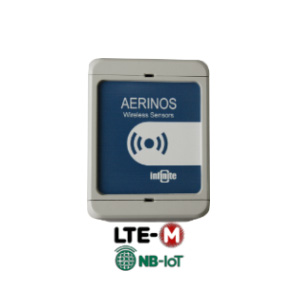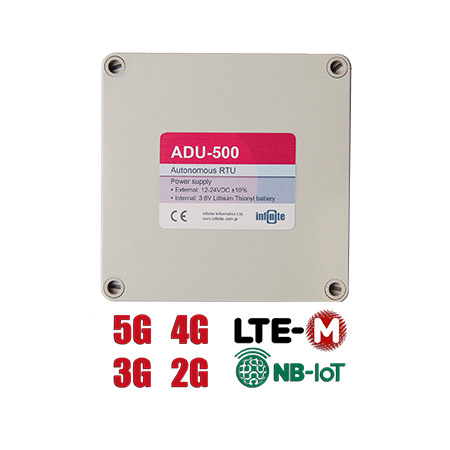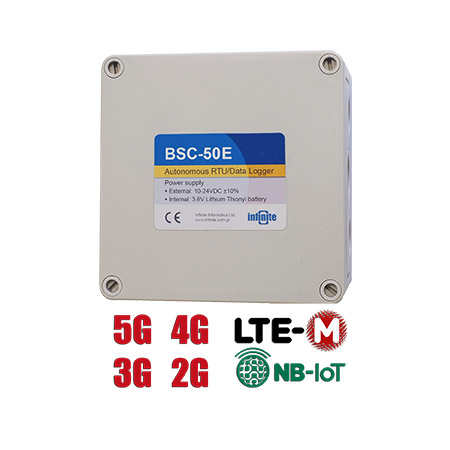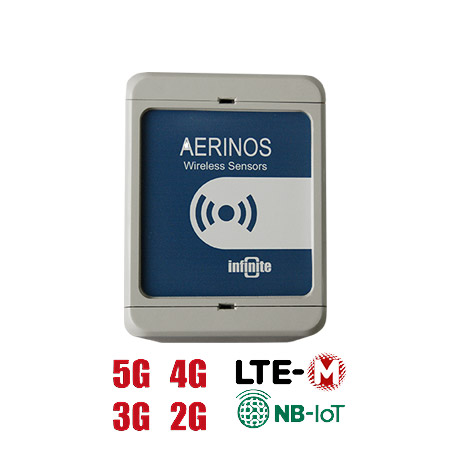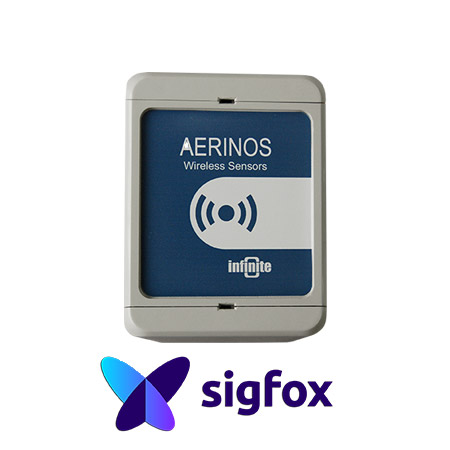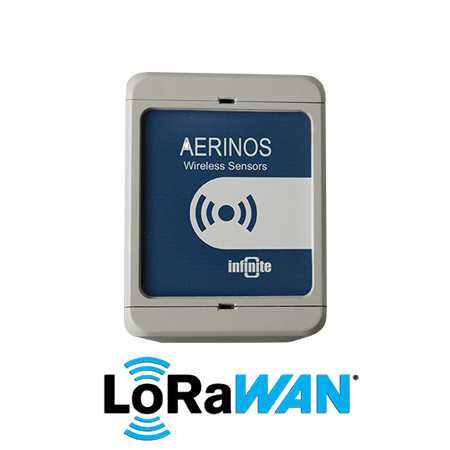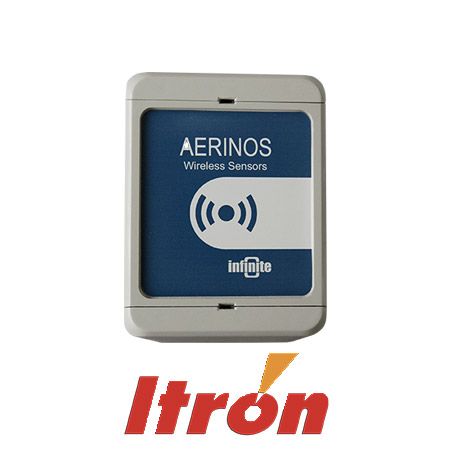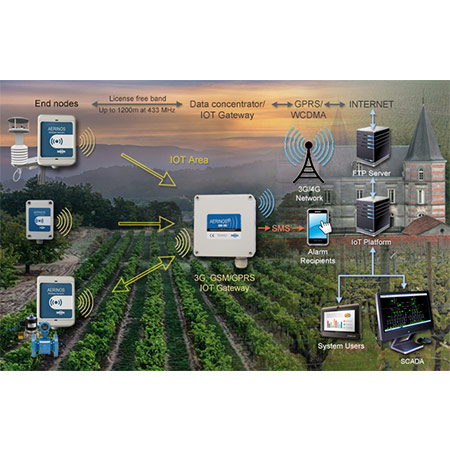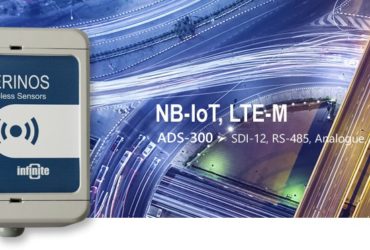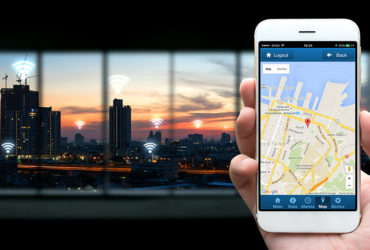Environmental monitoring is defined as the context of processes and activities that are required to characterize and monitor the quality of the environment.
The Internet of Thins (IoT) has a large role to play in environmental monitoring. The requirements and the appropriate technologies are different depending if applications are in cities or in woods, rivers, lakes and oceans.
Urban IoT sensor enabled devices can help monitor the environmental impact on cities, collect details about sewers, air quality, traffic, structures, and garbage.
Outside cities environmental protection applications include monitoring air or water quality, atmospheric or soil conditions, monitoring the movements of wildlife and their habitats. Moreover there is an ever growing need to predict tsunamis or earthquakes, monitor nuclear disasters, dangerous chemicals & gases emissions and create early warning systems for emergency services to provide effective aid.
For all the above remote surveillance and remote sensing devices are required utilizing the latest telecom technologies.
As an example, air quality measurements include concentration of pollutants as ozone, fine particulate matter (PM), nitrogen dioxide, sulphur dioxide, carbon monoxide, total reduced sulphur compounds, etc. In most countries Air Quality Standards are set on the concentration limits of these pollutants. Monitoring of weather is also critical in terms of understanding pollutant formation, dispersion, transport and removal.
Impact measurements in rivers and lakes provide data on parameters such as pH, dissolved oxygen, conductivity, turbidity, color, etc. Semi-continuous and continuous monitoring equipment with programmable sampling at fixed or variable time intervals or in response to an external trigger, e.g. from a rain gauge.

Such applications require low power devices usually exclusively battery powered that measure and transmit using technologies like GPRS for medium and high data volumes, or LPWAN networks like Sigfox and LoRaWAN for low volume data of a few measurements per transmission cycle.
At Infinite we have in our portfolio all IoT telecom technologies and we have a vast range of devices to suit any application and any sensor from any manufacturer.
Infinite monitoring
The unattended and remote nature of most environmental measuring and monitoring applications implies the need to operate from a DC power source, such as a battery. In some cases remote sensing stations require to make it possible to collect data from dangerous or inaccessible areas.
Infinite offers maintenance free solutions using autonomous IoT devices. For high volume data systems using multiple sensors over GSM networks the ADU-500 and BSC-50E battery powered RTU/data loggers offer a cornerstone for applications that can last for over a decade.
Particularly the ADU-500 RTU supports data collection from virtually any environmental sensor, based on the SDI-12 protocol. Multiple sensors can be connected and powered autonomously.
For real time data monitoring the iLOGPlus-GSM RTU/Data Logger powered by a rechargeable battery combined with a solar cell, can be used in applications with several measurement sensors. Both solutions combine reliability in harsh environmental conditions with the flexibility of wireless telemetry.
Related Products
AERINOS ADS-300
Battery powered NBIoT, LTE-M telemetry end node, 8x SDI12, 3x Modbus, …
AERINOS BSC-50D
Autonomous wireless logging & alarming. Battery powered, built in 4G …
AERINOS ADS-270
Battery powered LoRaWAN telemetry end node, 16x SDI12, 3x Modbus, 1x …
AERINOS ADU-700, IoT Gateway
AERINOS® ADU-700 is a low power Data Gateway for the ProfiSens …
Latest News
Infinite participation in the Itron Marketplace
Infinite is proud to participate in the Itron Partner Solution …
Infinite releases Aerinos ADS-300 NBIoT, LTE-M end node
Infinite is proud to announce the release of the ADS-300 …
Infinite partners with Losant
Infinite is proud to announce the partnership with Losant Enterprise …
Infinite releases new IOs and Android WaT applications v1.3.1
Infinite is proud to announce the release of a new …


